If you ask the question of how quickly you can charge the new iPhone 13 from zero to 100%, you cannot be given a definitive answer. It depends on which technology you choose for this. You can get to 100% not only in about an hour and 40 minutes, but also in one such long time.
The fact that the new iPhone 13 are Apple's phones with the longest battery life on a single charge was duly presented to us by Apple when they were introduced. This is also confirmed by reviews of news from all over the world. But their endurance is one thing, and the charging time of their larger batteries is another. However, the magazine analyzed this issue quite comprehensively PhoneArena.
Battery capacities:
- iPhone 13 mini - 2406 mAh
- iPhone 13 – 3227 mAh
- iPhone 13 Pro - 3095 mAh
- iPhone 13 Pro Max - 4352 mAh
He revealed a rather interesting fact. Regardless of the variant of the iPhone 13 and the size of its battery, they all charge roughly the same time. You can recharge your iPhone 13 Pro from 0 to 100% per hour 38 minutes, smallest iPhone 13mini and the biggest iPhone 13 Pro Max then for hour 40 minutes a iPhone 13 za an hour and 55 minutes to. The numbers are based on the assumption that you will use 20W adapter.
It could be interest you
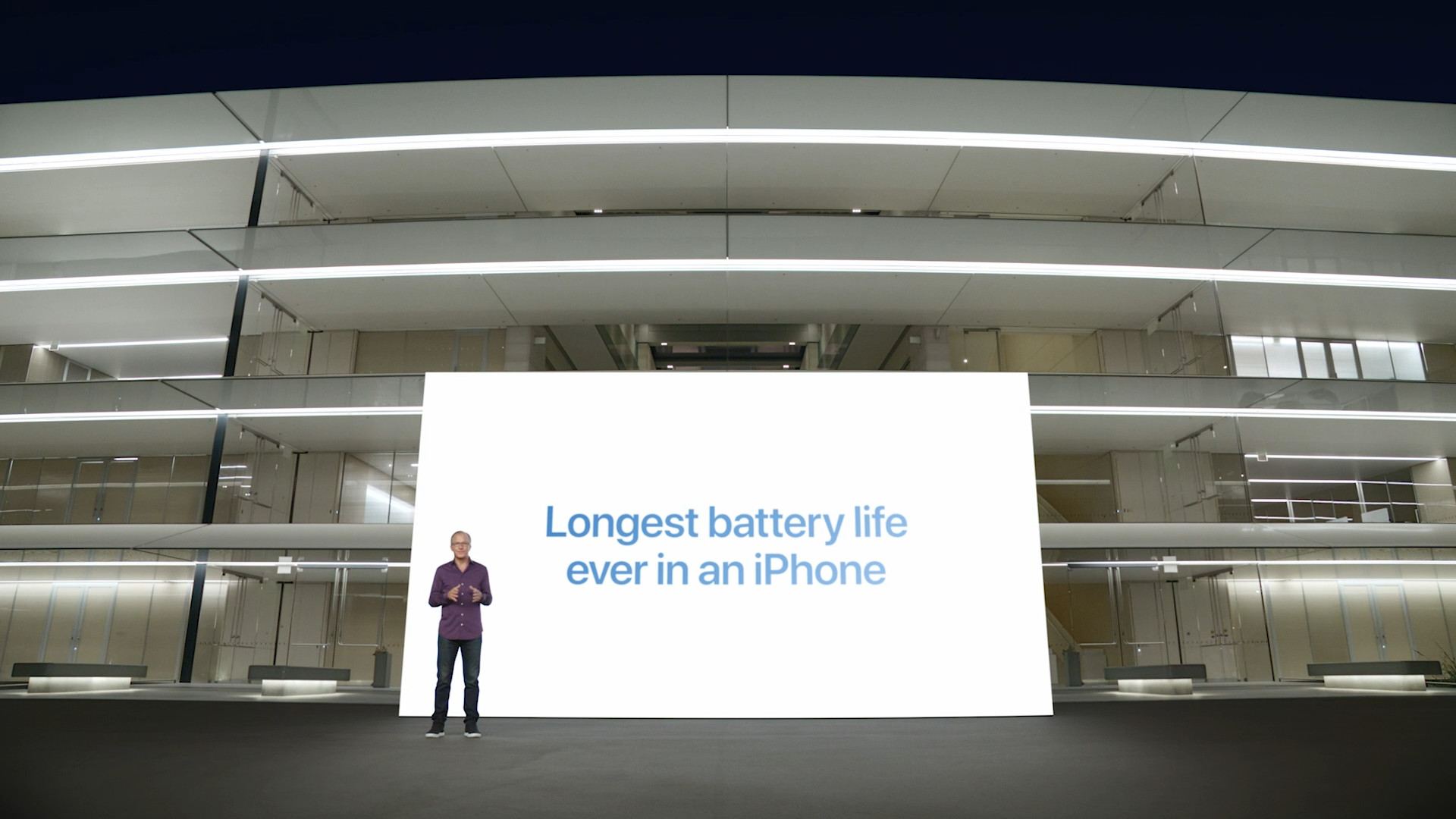
Decreasing charging speeds
If you think that after connecting the iPhone to the 20W adapter, it will be charged with this power up to 100%, then this is definitely not the case. When charging, the speed gradually decreases depending on which charge limit the device exceeds. With 20W, you will charge iPhone 13 to half of their battery capacity. You reach this limit in about half an hour of charging. After that, the device will be charged at 14 W, up to 70% capacity, which takes less than a quarter of an hour. In 45 minutes of charging, you are at about 75%.
Between 70 and 80% of the battery capacity, 9W charging takes place, the last 20% is already charged with only 5W. However, for the last percent, the performance can be reduced even more depending on the so-called "sustainable charging". This is done in order to protect the condition of the battery for a long time and prevent its aging. It is generally known that the greatest strain on the battery occurs precisely in these final stages of charging.
It could be interest you
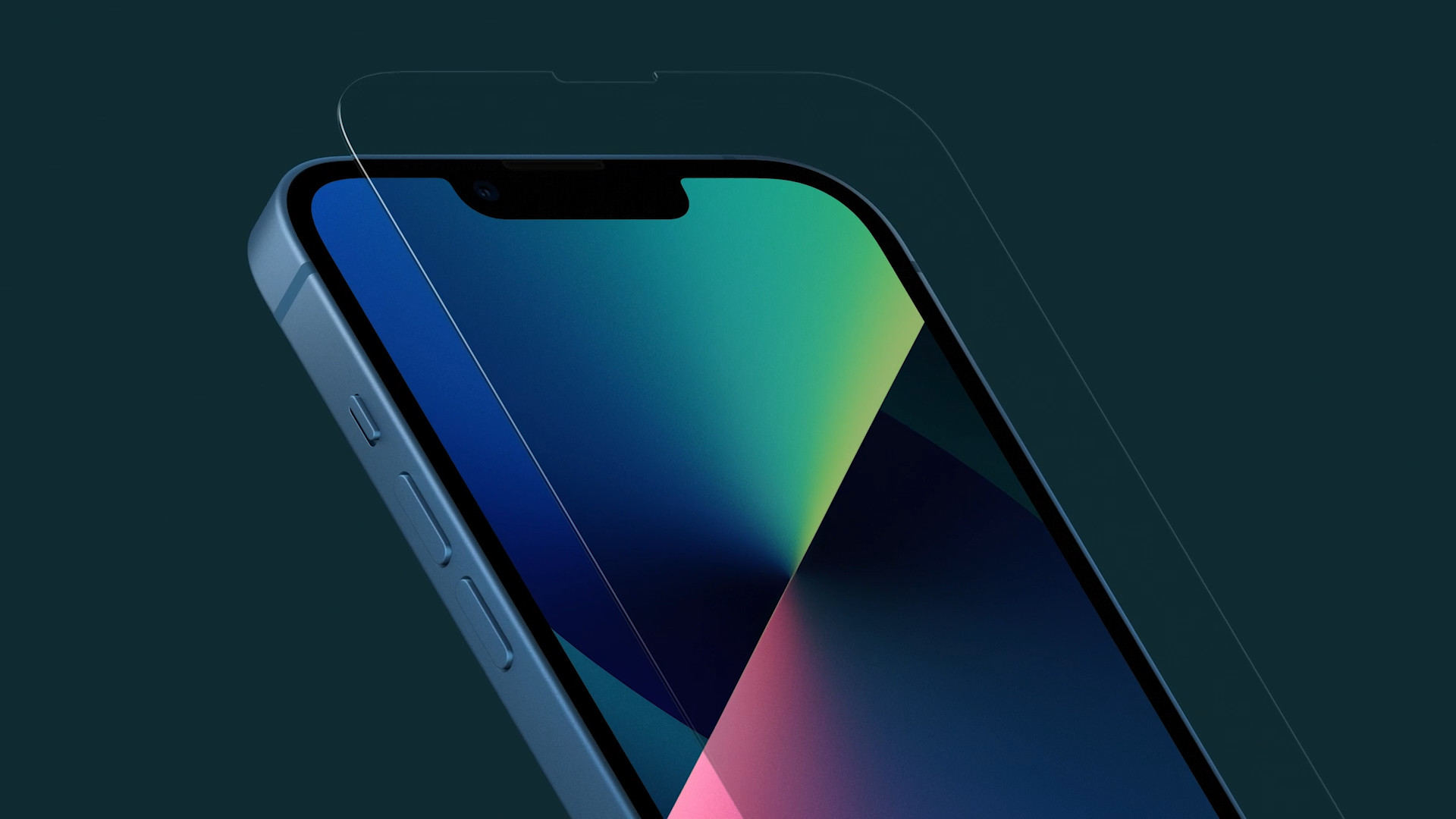
MagSafe and Qi
In 2020, Apple introduced magnetic wireless charging, which it named MagSafe. It launched alongside the iPhone 12, and it has the advantage that when using it, iPhones stick firmly to the wireless charger, making it more efficient to use. Apple also allowed a higher charging speed of up to 15 W here. Common Qi chargers are still limited to a speed of 7,5 W, regardless of the adapter used.
It may appear that MagSafe charges twice as fast as Qi. But in reality it is not so. If you want to charge iPhone 13 with help MagSafe chargers in combination with 20w adapter, it will take you 2 hours and 45 minutes, i.e. a whole hour longer than when using a Lightning cable. Charging 7,5 W using wireless Qi the charger then took approx 3 hours and 15 minutes. So the difference here is only 30 minutes.
 Adam Kos
Adam Kos 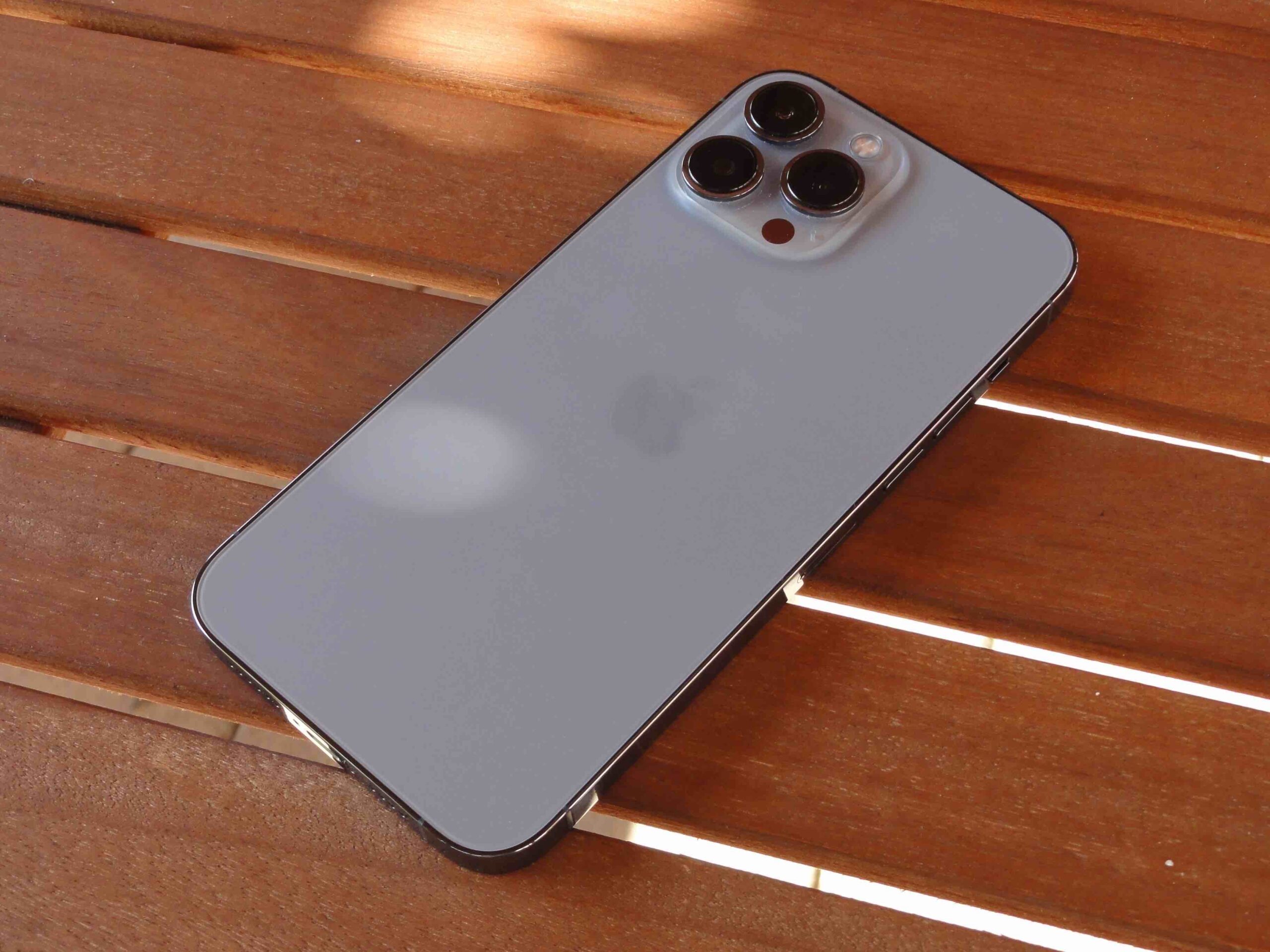
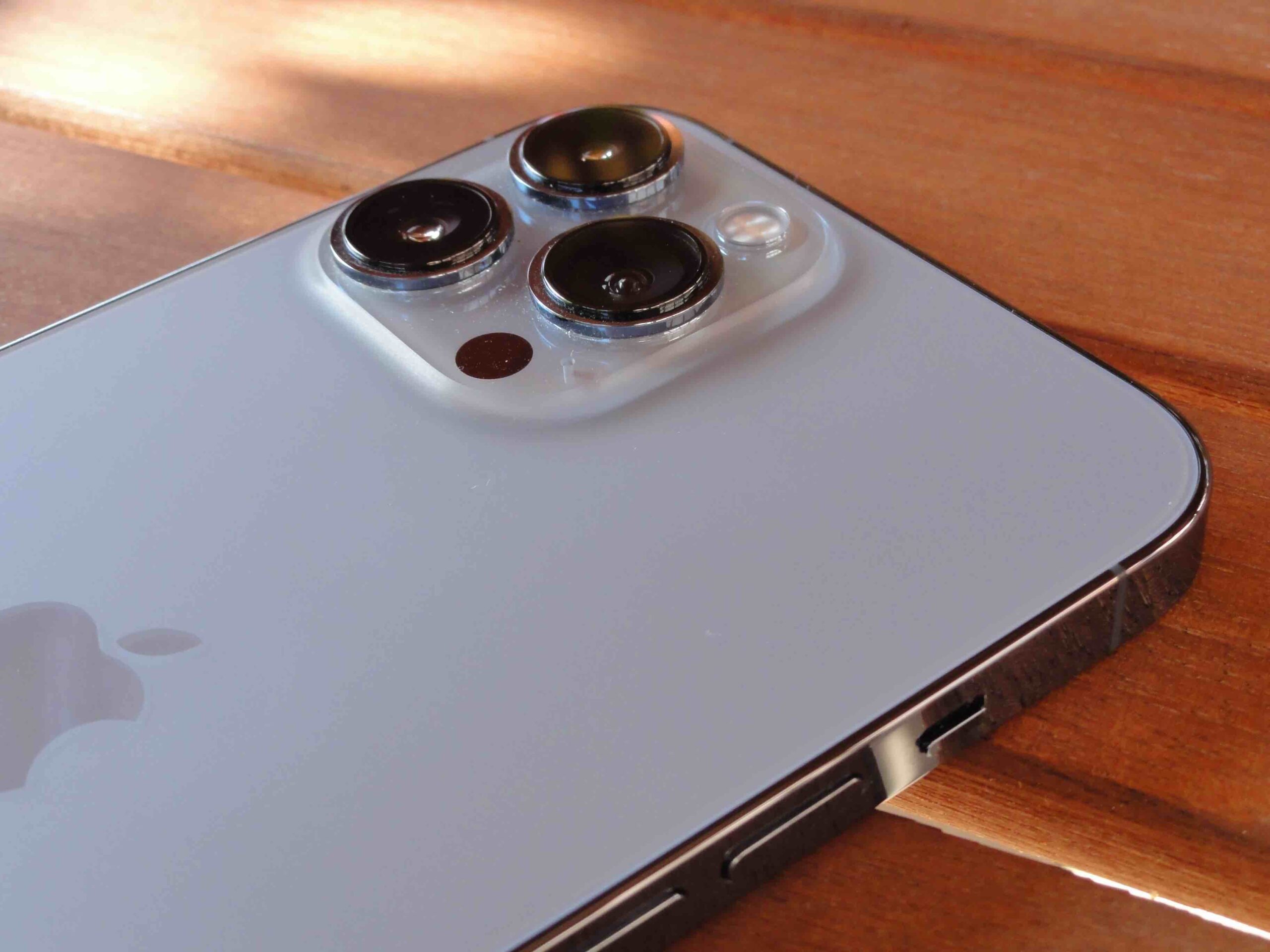
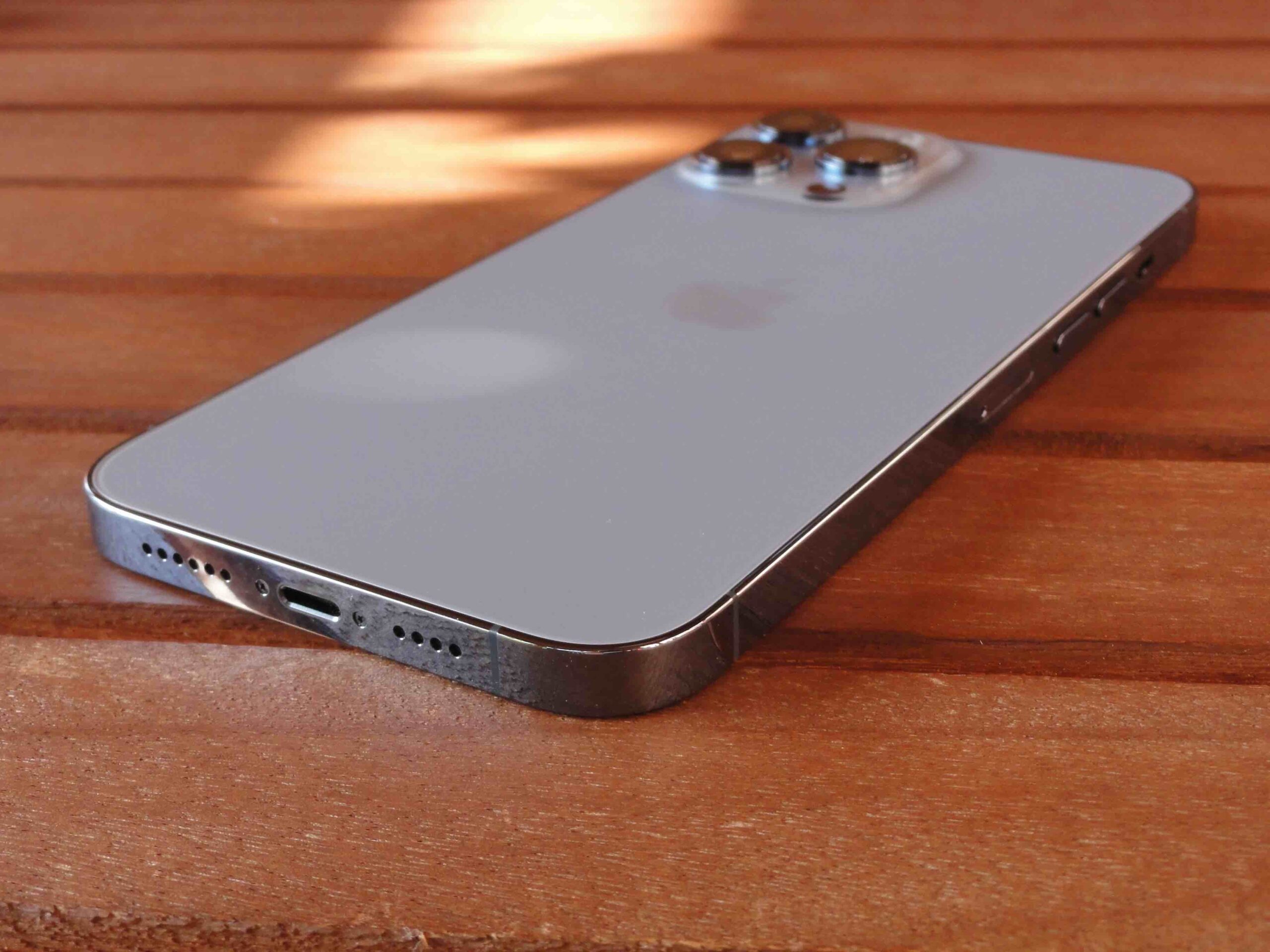
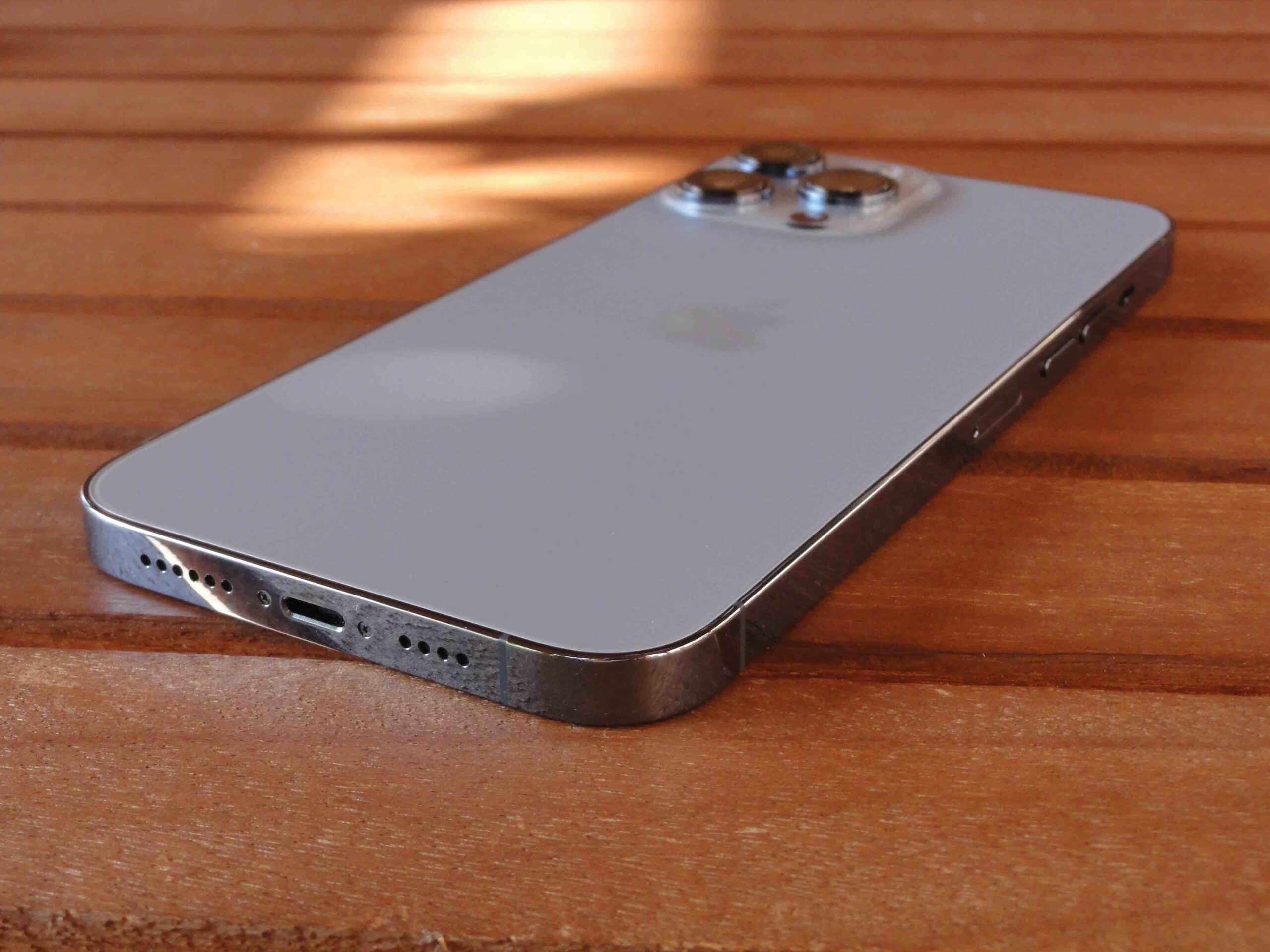
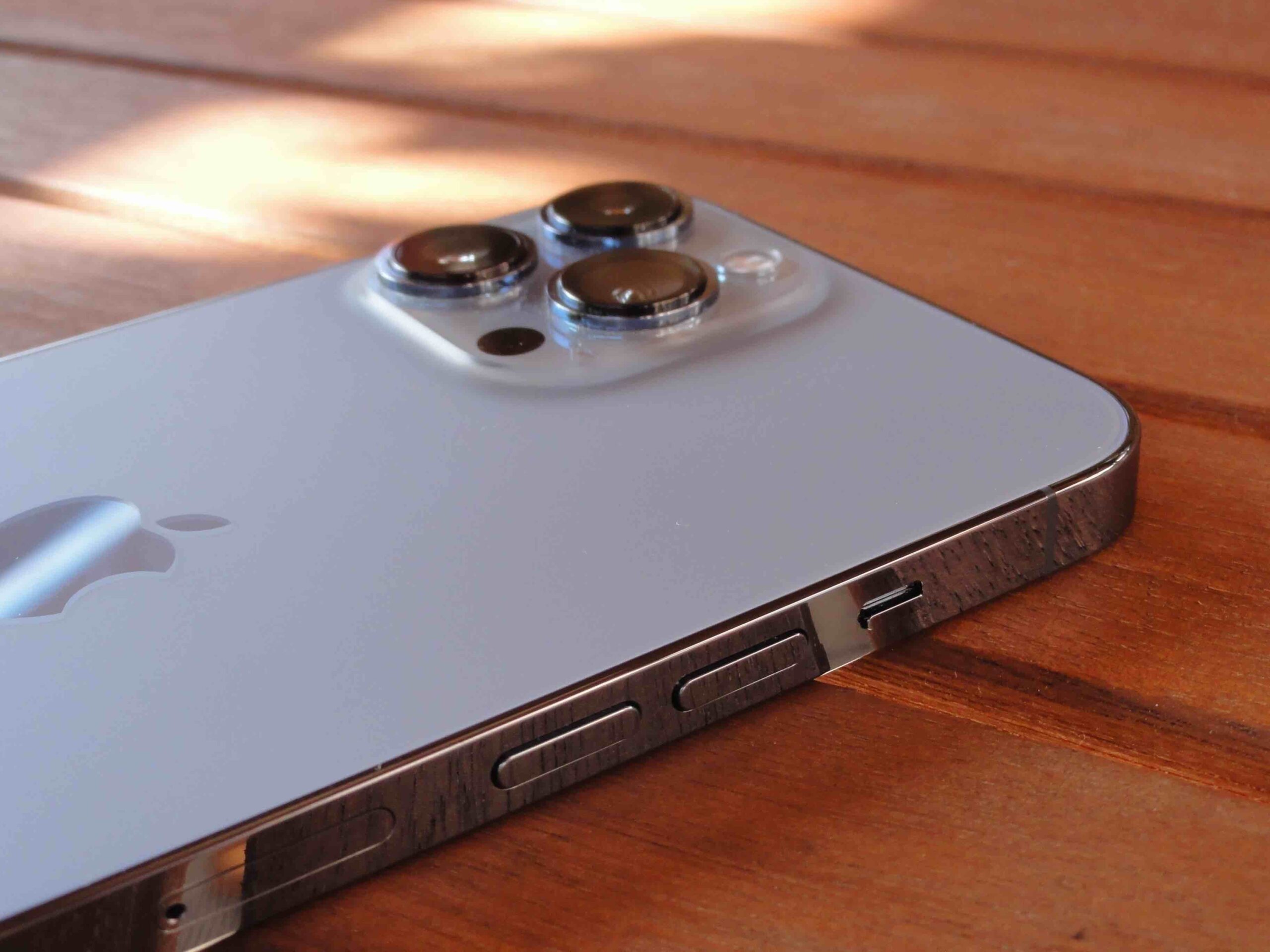
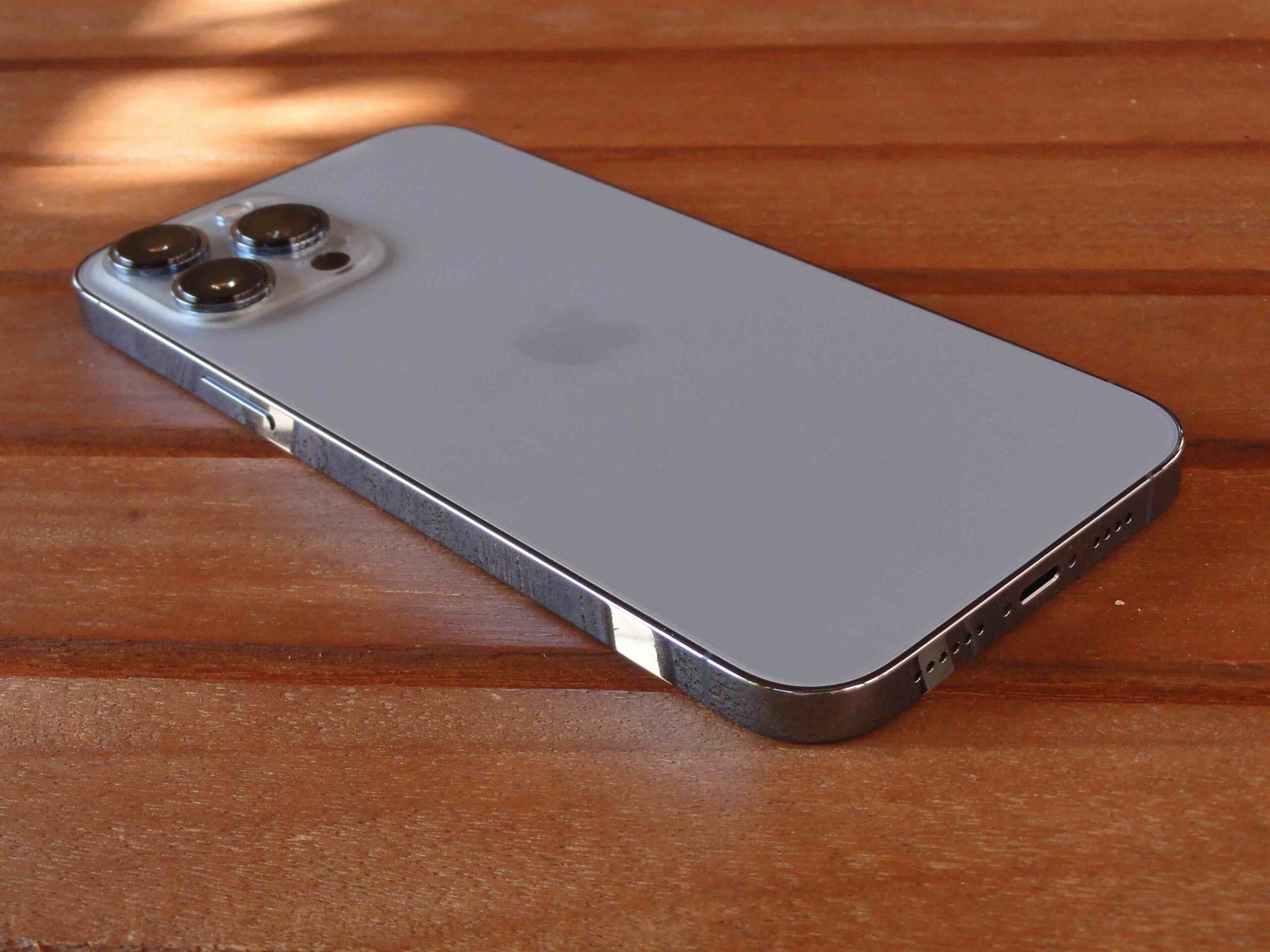
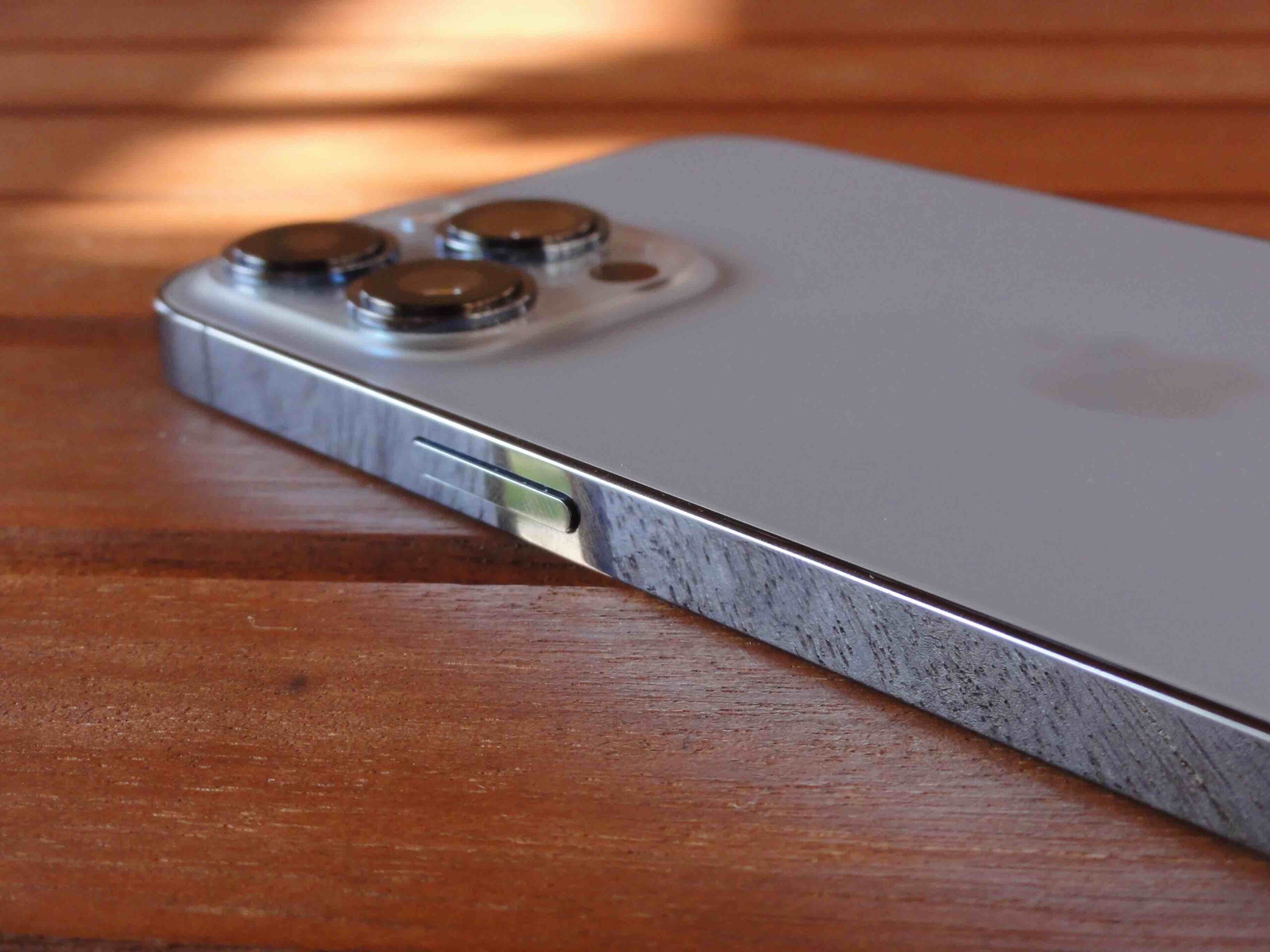
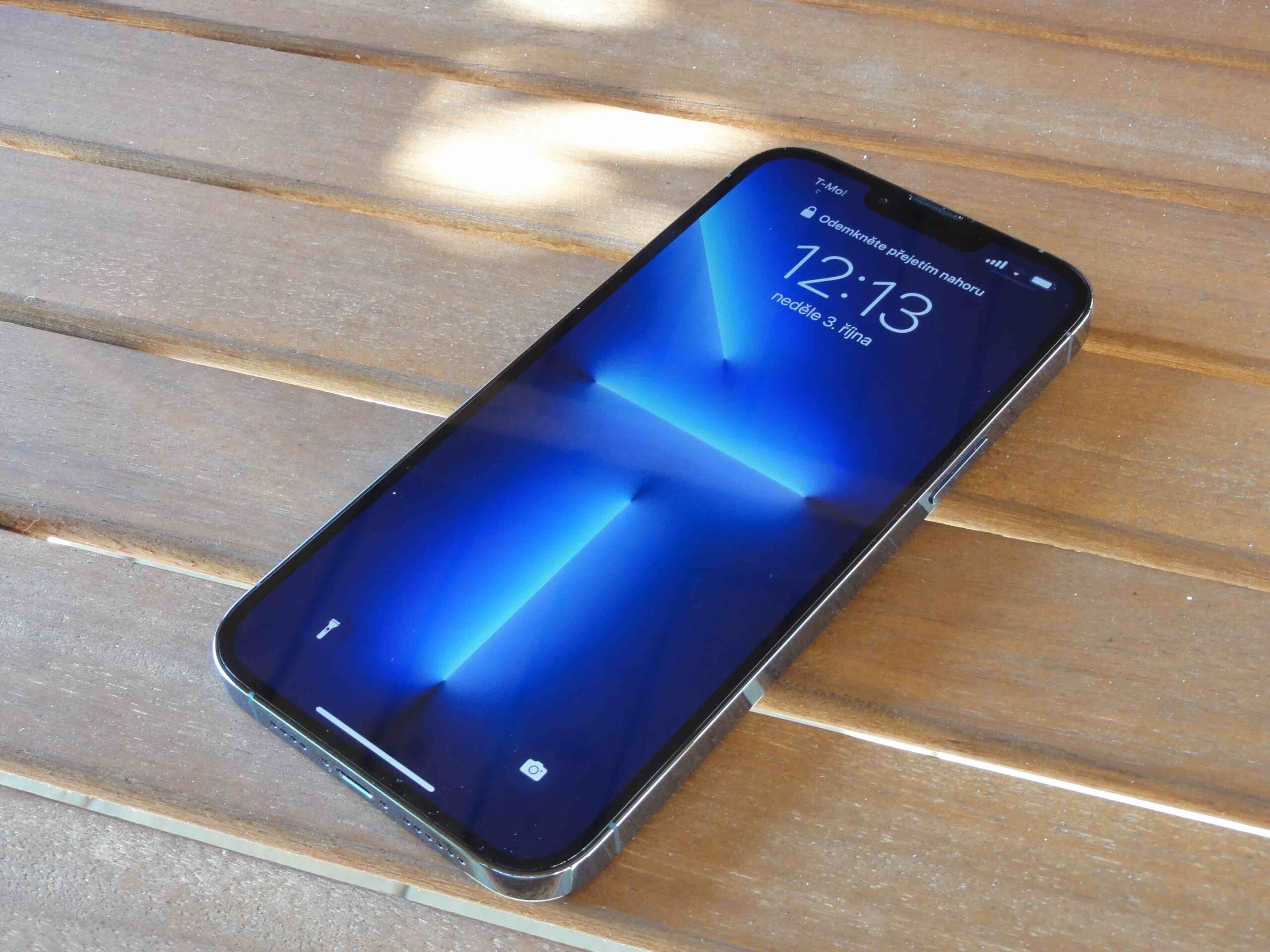
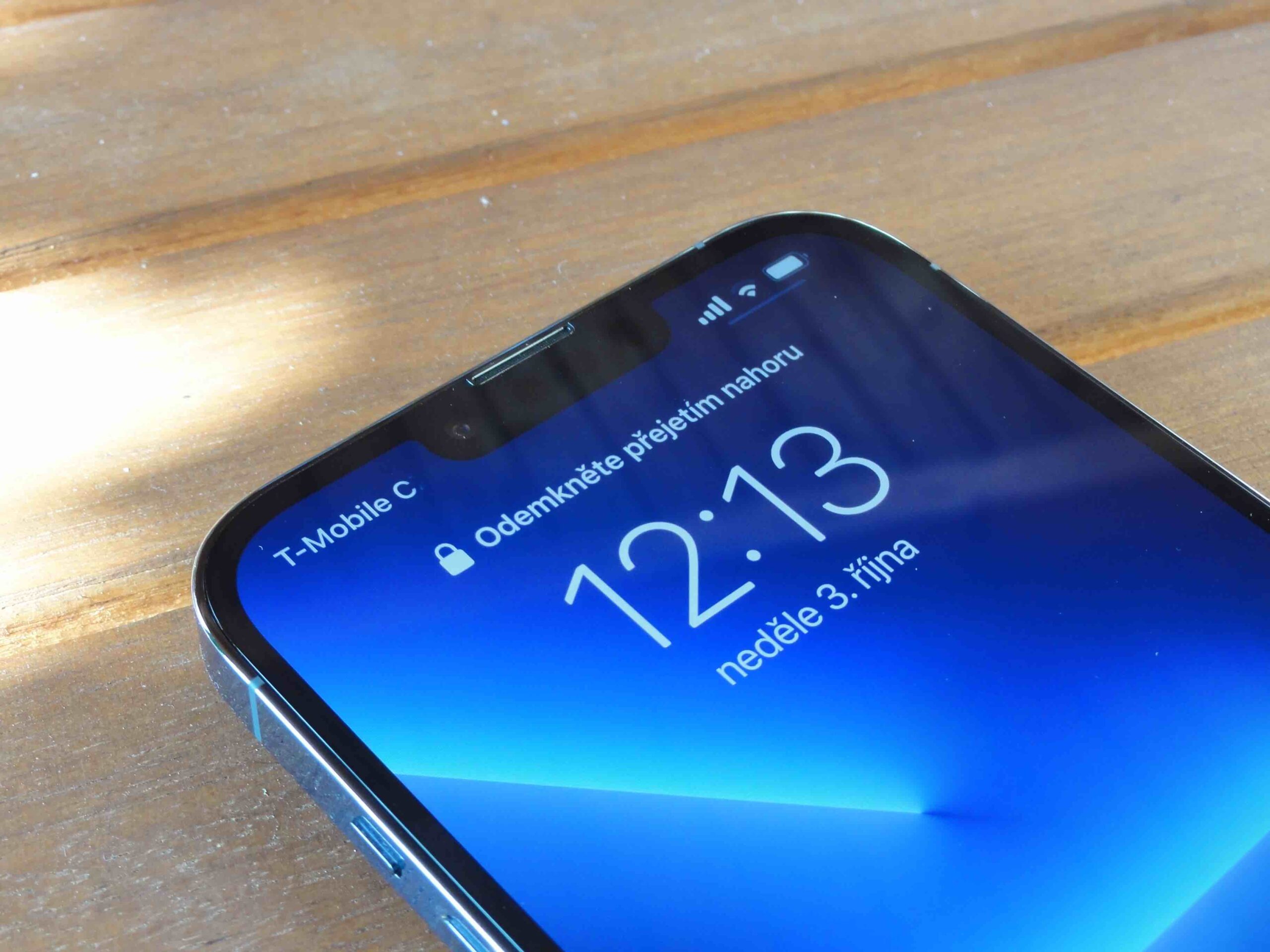
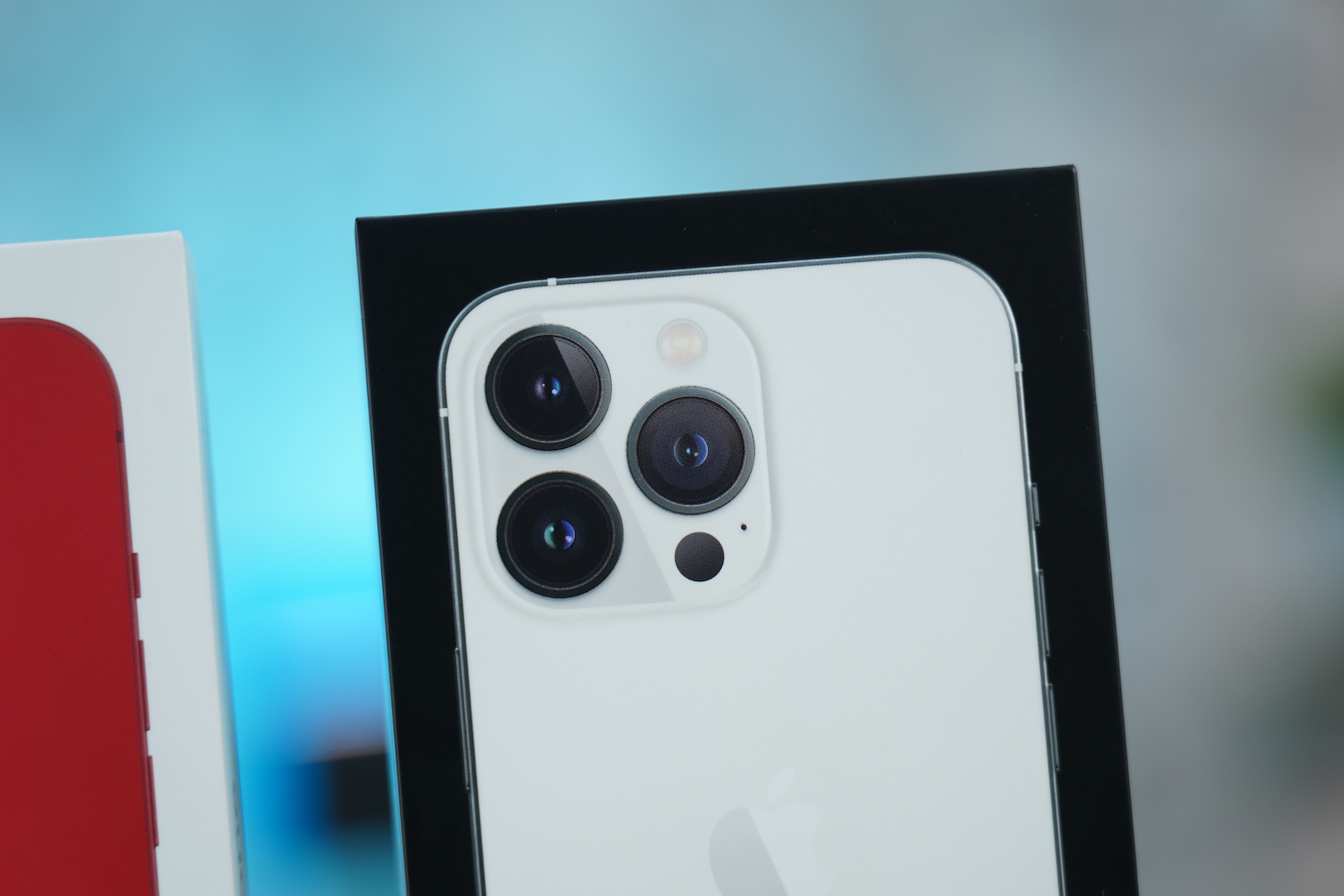
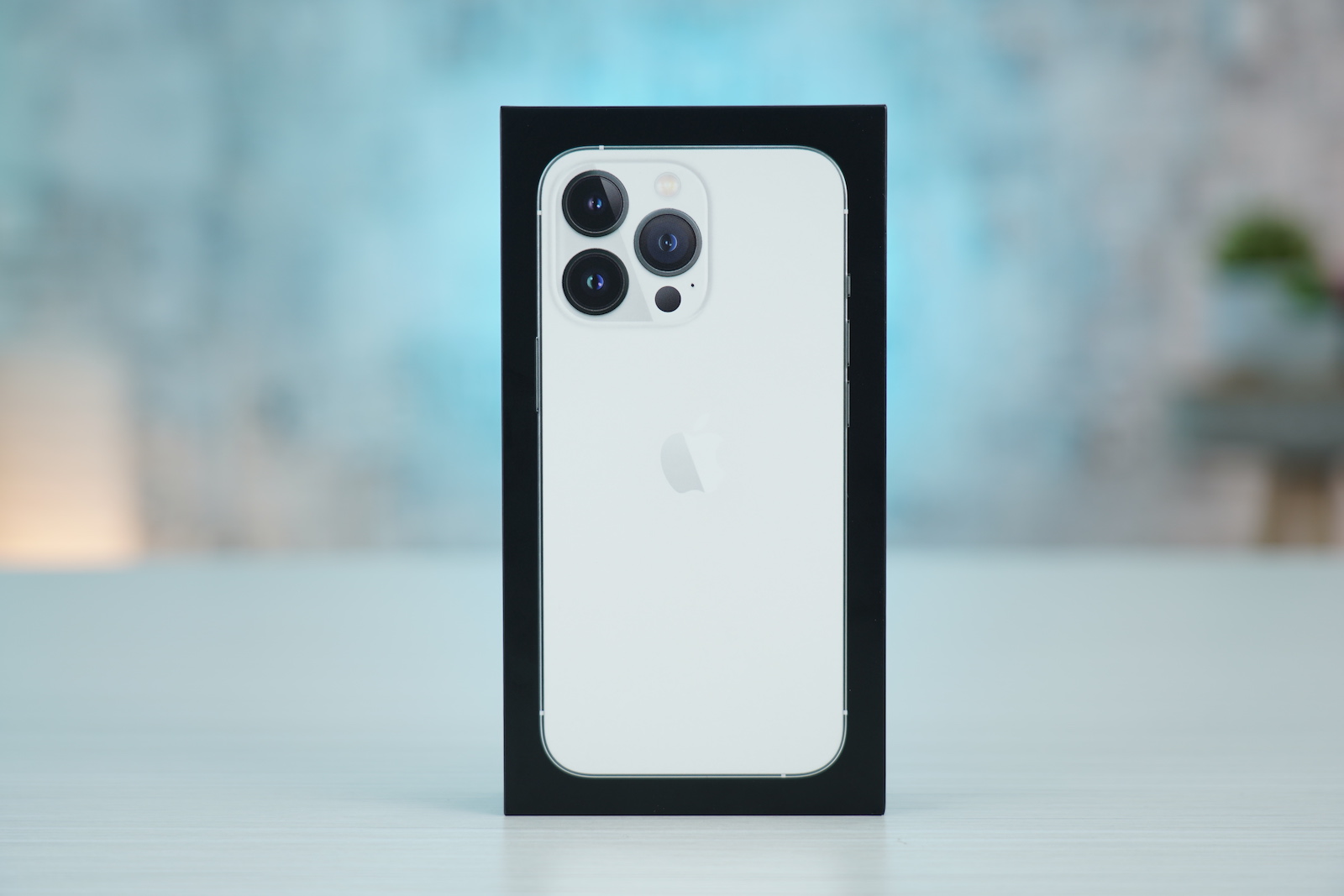
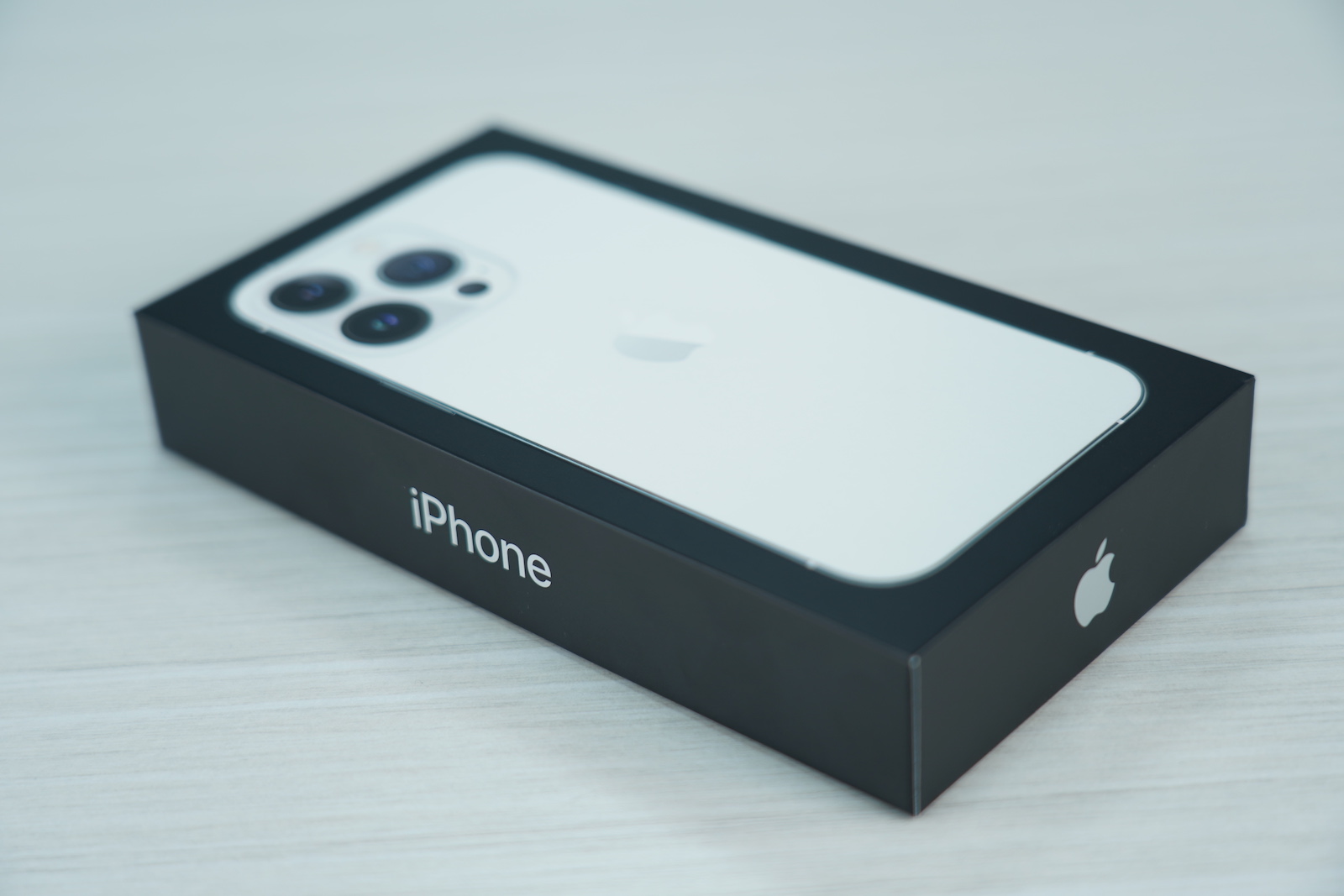
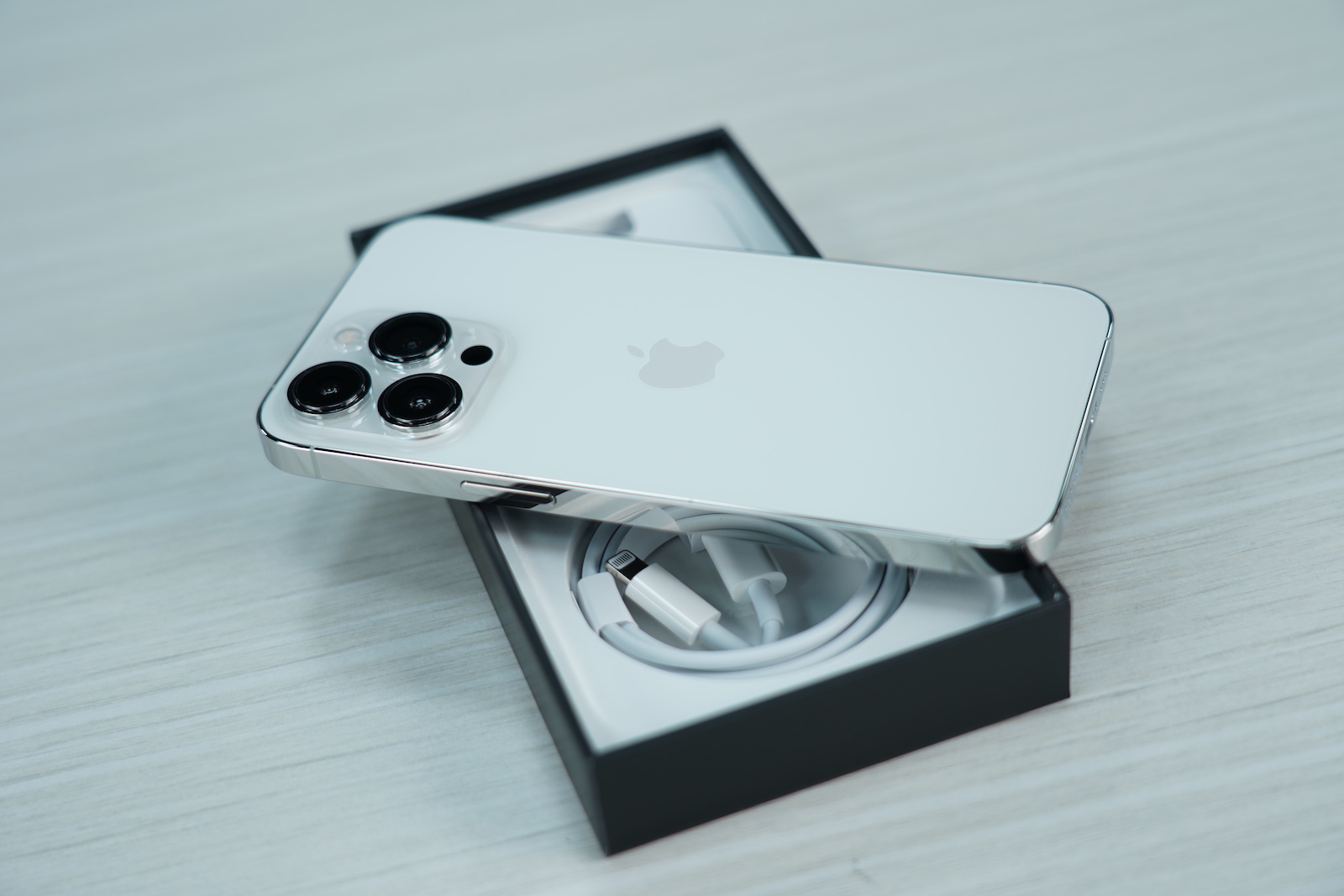
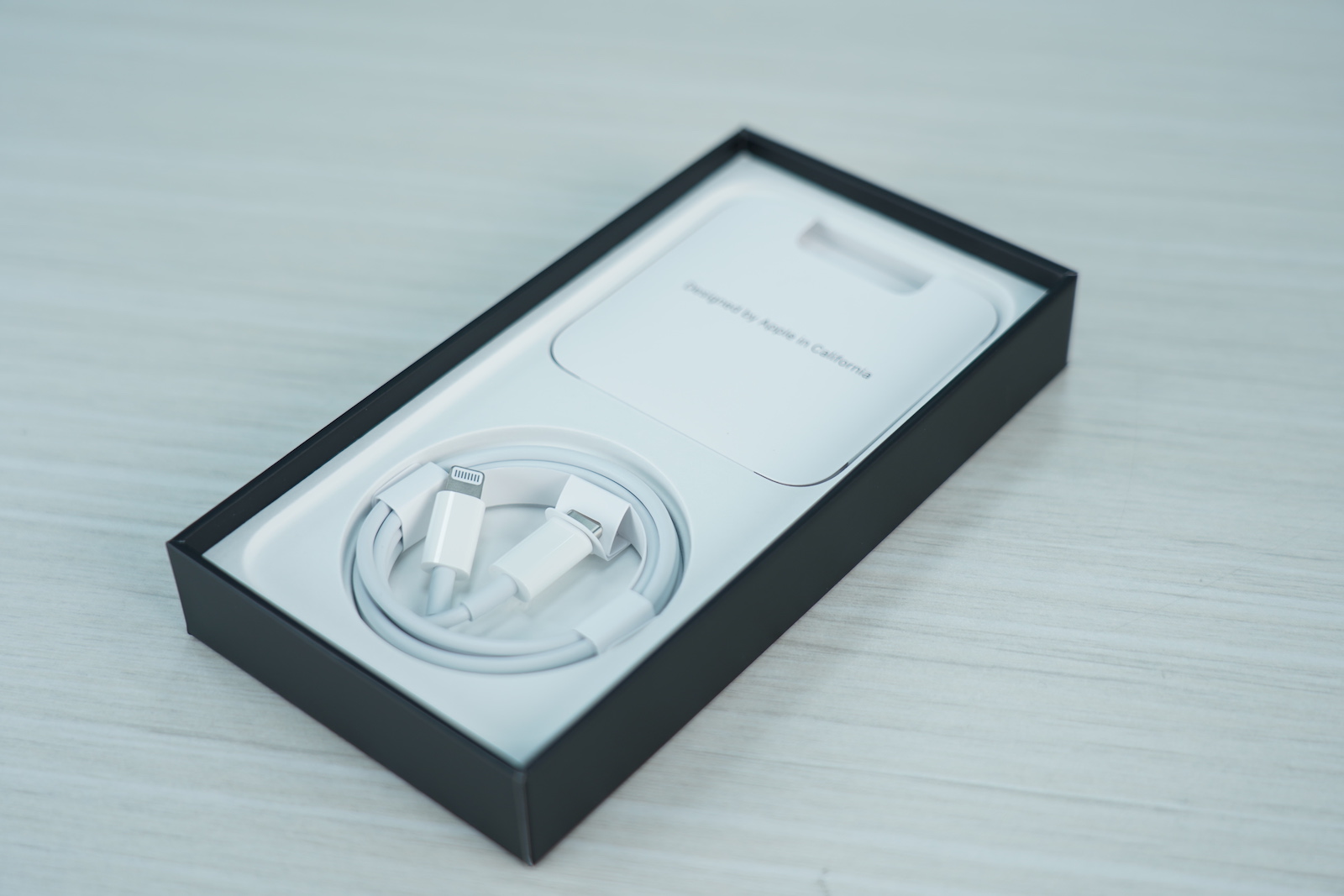
You made a funny typo: "iPhone 13 Poo Max - 4352 mAh" 💩🤣
Namely?